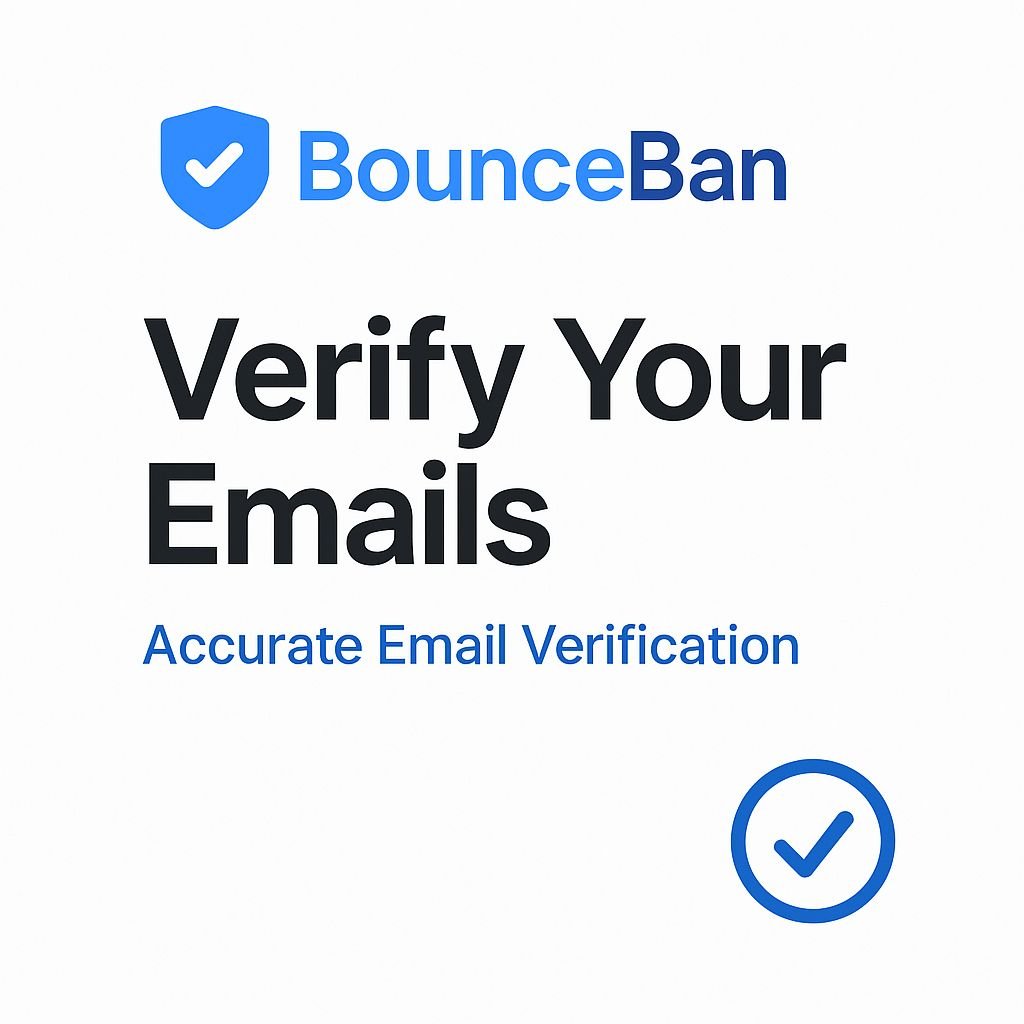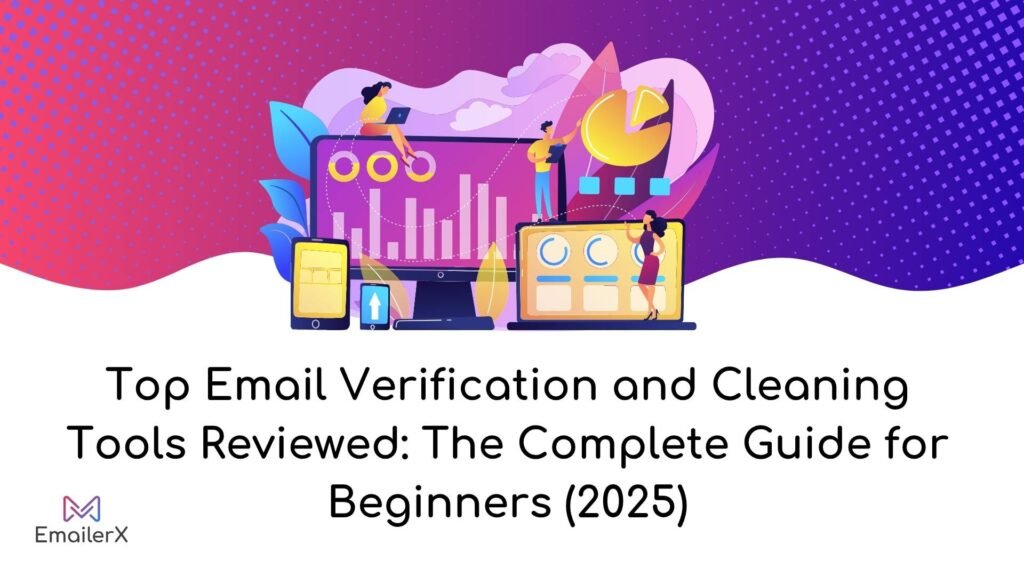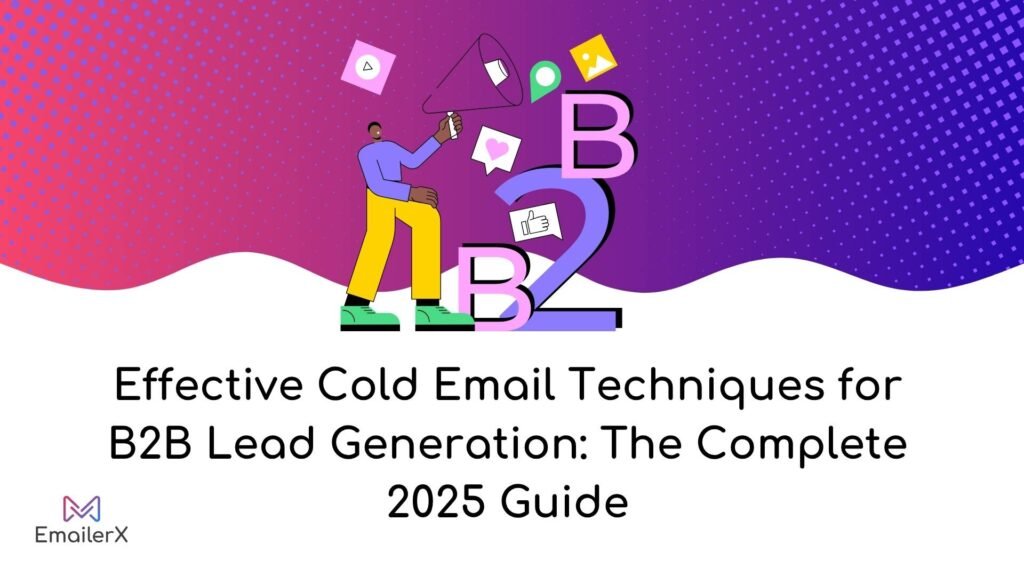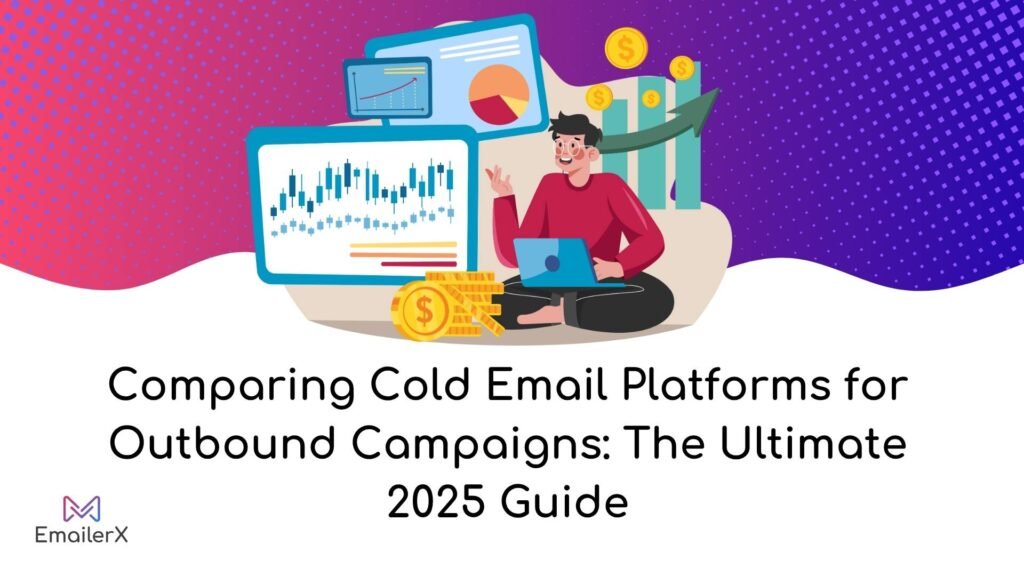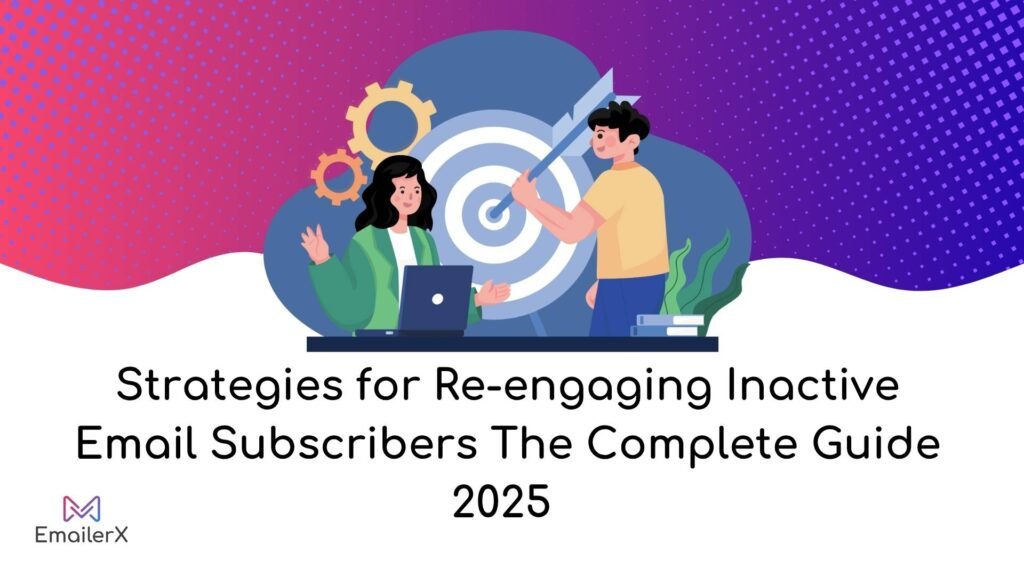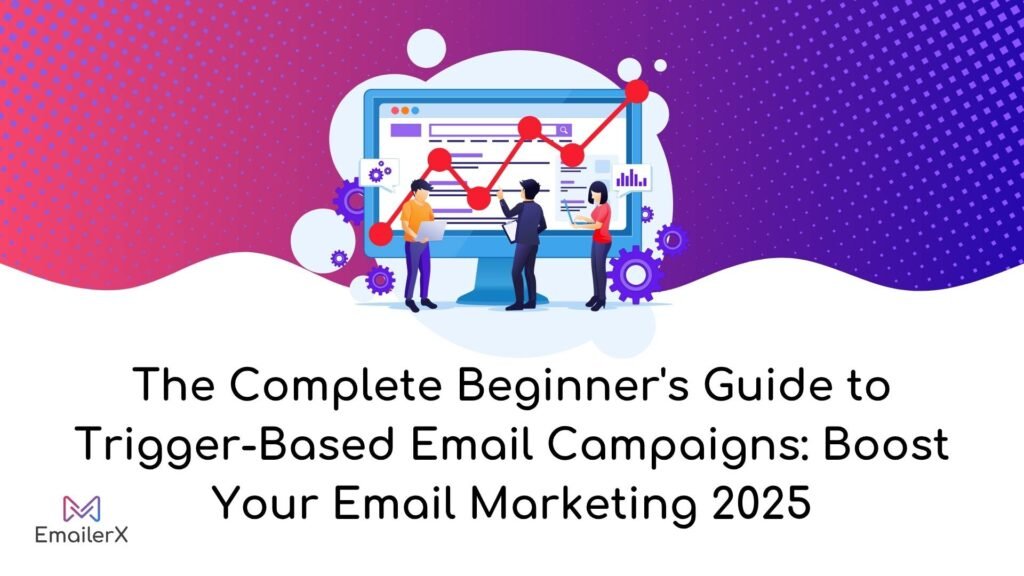Choosing between free vs paid email marketing tools is one of the most critical decisions facing businesses today, especially as email marketing continues to deliver an impressive $42 return for every dollar spent.
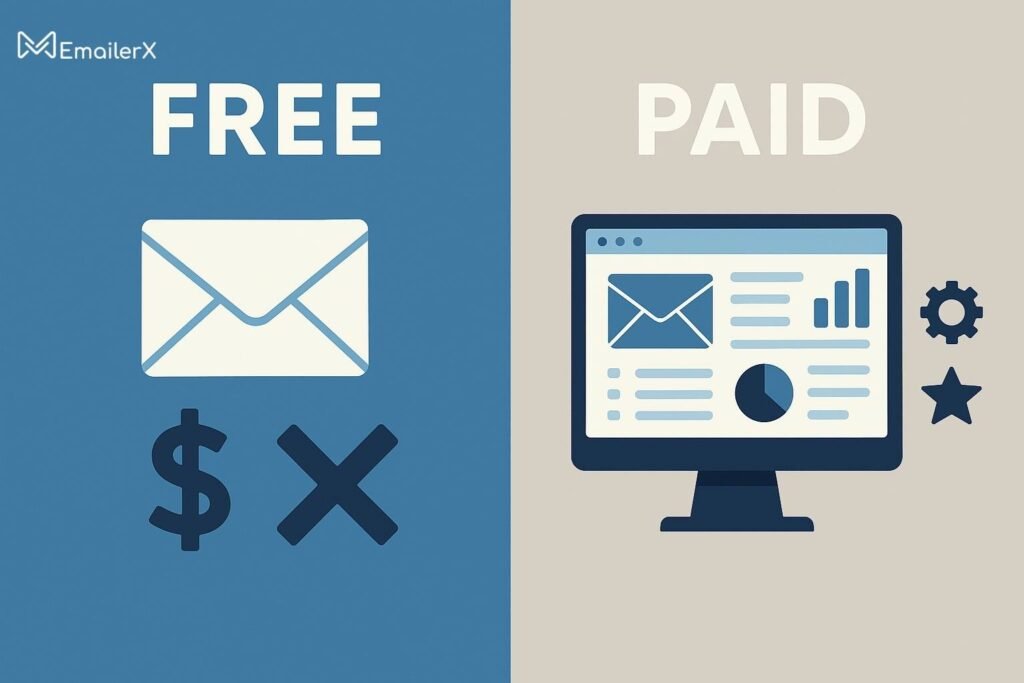
While free platforms offer an attractive entry point for startups and small businesses, paid solutions promise advanced features, better deliverability, and comprehensive analytics.
The reality is that the right choice between free vs paid email marketing options depends entirely on your business size, budget, marketing goals, and growth trajectory.
Understanding the true capabilities and limitations of each approach will help you make an informed decision that maximizes your marketing ROI without overspending on features you don’t actually need.
Table of Contents
ToggleUnderstanding Email Marketing Tools:
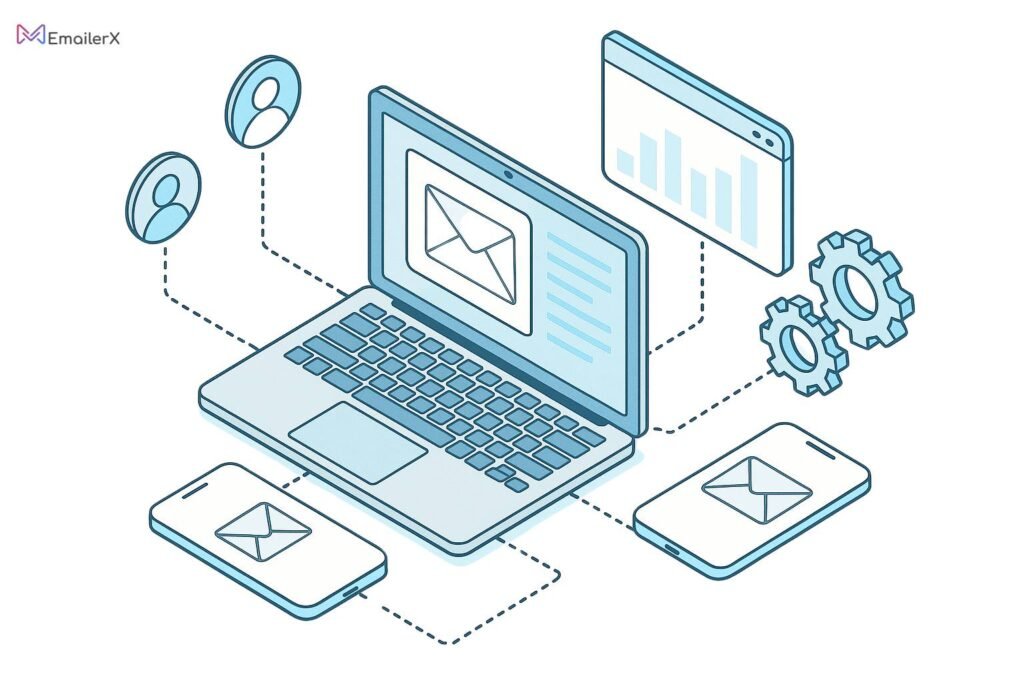
Before diving into the free vs paid email Marketing debate, let's establish what email marketing tools actually do. Email marketing software serves as your command center for creating, sending, and tracking email campaigns. These email service providers (ESP) offer various features ranging from basic email templates to sophisticated automation workflows.
Modern email marketing platforms typically include:
- Email campaign creation and design tools
- Contact management and list segmentation
- Automation and drip campaign capabilities
- Analytics and performance tracking
- Integration with other marketing tools
Free Email Marketing Tools: What You Get for Zero Cost
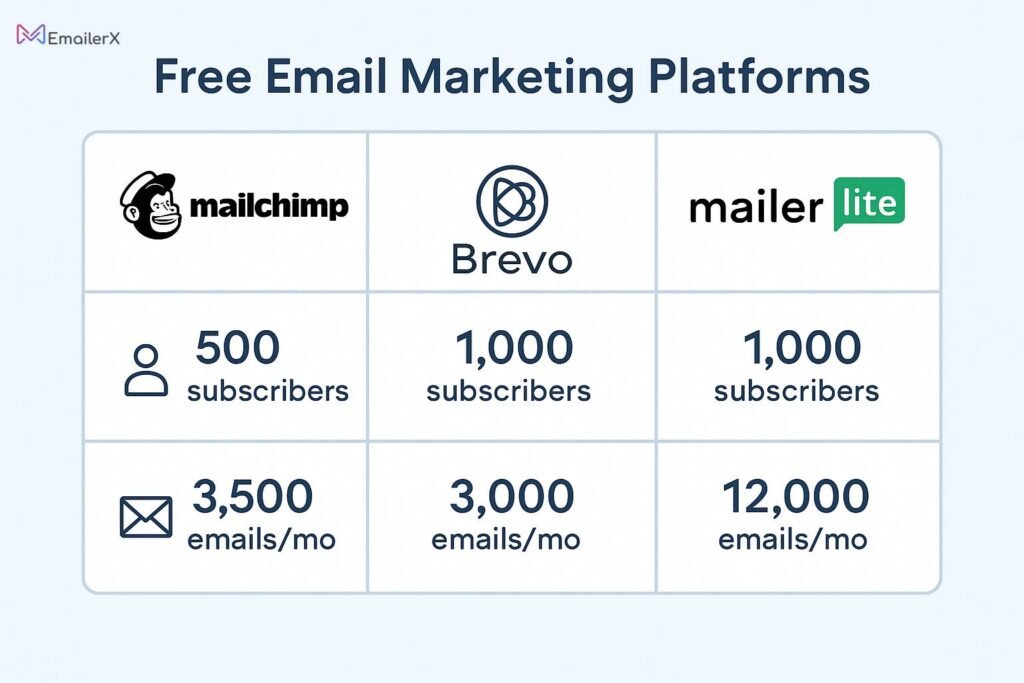
The Appeal of Free Email Marketing Services
Free email marketing tools have democratized email marketing, allowing businesses of all sizes to start building relationships with their audience without upfront costs. Brevo stands out as a top free email marketing platform, offering the ability to send up to 9,000 emails to an unlimited number of contacts a rare and generous feature.
Top free email marketing platforms typically offer:
- Basic Features Included:
- Limited monthly email sends (usually 1,000-10,000 emails)
- Basic templates and drag-and-drop editors
- Contact management for up to 500-2,000 subscribers
- Basic reporting and analytics
- Simple automation (often just welcome emails)
Popular Free Email Marketing Tools:
- Mailchimp: 1,000 emails/month to 500 contacts
- Brevo: Up to 9,000 emails/month with unlimited contacts
- MailerLite: 1,000 emails/month to 1,000 subscribers
- Benchmark Email: 3,500 emails/month to 500 contacts
- Kit (formerly ConvertKit): 1,000 emails/month to 300 subscribers
Limitations of Free Plans
While free plans are attractive, they come with significant constraints.
Volume Restrictions:
Limited number of emails per month
Restricted subscriber counts
No ability to scale during peak seasons
Feature Limitations:
Basic templates only
Limited automation capabilities
No A/B testing
Restricted integrations
Basic customer support
Branding Requirements:
All email marketing platforms insert branding for free plan users. This means that if you want to send emails without having, for example, 'powered by Brevo' at the bottom of them, you'll have to switch to a paid plan.
Paid Email Marketing Services: Investment vs. Returns
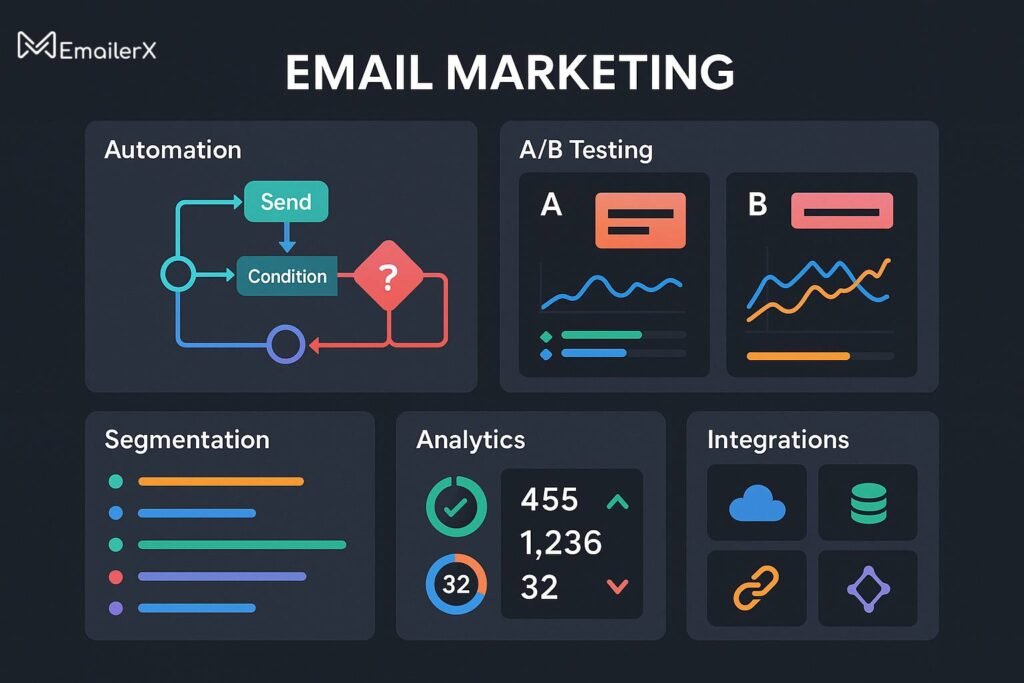
What Paid Plans Offer
Paid email marketing services unlock the full potential of email marketing through advanced features and higher limits. Switching to a paid plan unlocks unlimited automations and email sequences, compared to the single automation offered in the free version. You’ll also gain access to premium features like advanced recommendations and third-party app integrations. Pricing begins at $15 per month for creators with under 300 subscribers.
Advanced Features in Paid Plans:
Enhanced Automation:
- Complex drip campaigns
- Behavioral triggers
- Multi-step automation workflows
- Advanced segmentation capabilities
- Professional Design Options:
- Premium email templates
- Custom HTML editing
- Brand customization
- Mobile optimization
Advanced Analytics:
- Detailed open rates and click-through rates (CTR)
- Conversion tracking
- A/B testing capabilities
- Heat map analysis
- Subscriber behavior insights
- Marketing Integration:
- CRM integration
- E-commerce platform connections
- Landing page builders
- Sign-up forms and pop-ups
- Third-party app integrations
Email Marketing Pricing Structure
Email marketing platforms typically use monthly pricing models, with plans ranging from as little as $7 to over $1,499 per month—based on factors like features offered, number of users, email volume, sending frequency, and available integrations.
Typical Pricing Tiers:
- Starter Plans ($10-30/month):
- 500-5,000 subscribers
- Basic automation
- Standard templates
-Email support
Professional Plans ($30-100/month):
- 5,000-25,000 subscribers
- Advanced automation
- A/B testing
- Phone support
- Advanced analytics
Enterprise Plans ($100-500+/month):
- 25,000+ subscribers
- Custom features
- Dedicated support
- Advanced integrations
- White-label options
Feature Comparison: Free vs Paid Email Marketing

Email Automation Capabilities
Free Plans: Basic welcome emails and simple autoresponders Paid Plans: Multi-step sequences, behavioral triggers, complex workflows
Automation is crucial for:
- Welcome series for new subscribers
- Abandoned cart recovery (e-commerce)
- Lead nurturing campaigns
- Re-engagement sequences
- Event-triggered communications
Template Design and Customization
Free Plans: Limited template library with basic customization Paid Plans: Premium templates, custom HTML editing, brand consistency
Design matters because:
- Professional appearance builds trust
- Brand consistency reinforces recognition
- Mobile optimization ensures deliverability
- Custom designs stand out in crowded inboxes
List Segmentation and Targeting
Free Plans: Basic demographic segmentation Paid Plans: Advanced behavioral segmentation, dynamic content
Effective segmentation enables:
- Higher open rates (up to 760% increase)
- Improved click-through rates
- Better conversion rates
- Reduced unsubscribe rates
- Enhanced customer lifetime value
Analytics and Performance Tracking
Free Plans: Basic open and click metrics Paid Plans: Advanced analytics, conversion tracking, predictive insights
Important metrics to track:
- Open rates (industry average: 21.33%)
- Click-through rates (average: 2.62%)
-Conversion rates
- Bounce rates
- Unsubscribe rates
- Revenue attribution
Target Audience Analysis: Who Needs What?

Small Business Email Marketing
Small businesses often start with free plans but quickly outgrow limitations. Key considerations:
Free Plans Work When:
- Just starting email marketing
- Limited budget (under $50/month for marketing)
- Small subscriber list (under 500 contacts)
- Basic communication needs
- Upgrade to Paid When:
- List grows beyond free limits
- Need automation for efficiency
- Require professional branding
- Want advanced analytics
E-commerce Email Marketing
E-commerce businesses typically need paid plans due to:
- High email volume requirements
- Complex automation needs (abandoned cart, product recommendations)
- Integration with shopping platforms
- Revenue tracking capabilities
Essential features for e-commerce:
- Shopping cart integration
- Product recommendation engines
- Automated abandoned cart sequences
- Customer lifecycle campaigns
- Revenue attribution tracking
B2B vs B2C Email Strategies
B2B Email Marketing:
- Longer sales cycles require sophisticated nurturing
- Account-based marketing features
- CRM integration essential
- Lead scoring capabilities
B2C Email Marketing:
- High volume sends
- Visual-heavy templates
- Social media integration
- Mobile optimization critical
Nonprofit Email Campaigns
Nonprofit organizations have unique needs:
- Cost-effective solutions essential
- Donor management features
- Event promotion capabilities
- Volunteer communication tools
Many email providers offer nonprofit discounts or special plans.
Advanced Features Analysis
A/B Testing Capabilities
A/B testing is rarely available in free plans but crucial for optimization:
Elements to test:
- Subject lines (can improve open rates by 49%)
- Send times
- Email content
- Call-to-action buttons
- Template designs
Landing Page Builders
Free plans: Basic or no landing page functionality Paid plans: Professional landing page builders with:
- Drag-and-drop editors
- Mobile-responsive designs
- A/B testing capabilities
- Lead capture forms
- Integration with email campaigns
Real-time Analytics

Advanced analytics help optimize campaigns:
- Real-time open tracking
- Click heat maps
- Engagement scoring
- Predictive analytics
- Revenue attribution
Integration Ecosystem
Popular integrations include:
- CRM systems (Salesforce, HubSpot)
- E-commerce platforms (Shopify, WooCommerce)
- Social media platforms
- Analytics tools (Google Analytics)
- Lead generation tools
Making the Decision: Free vs Paid Email
When Free Email Marketing Makes Sense
Choose free email marketing if you:
- Have fewer than 500 subscribers
- Send less than 1,000 emails monthly
- Need basic functionality only
- Are testing email marketing effectiveness
- Have extremely limited budget
- Run a simple newsletter
When to Invest in Paid Email Marketing
Upgrade to paid email marketing when you:
- Exceed free plan limits
- Need automation workflows
- Require professional branding
- Want advanced analytics
- Plan to scale rapidly
- Need integration capabilities
- Run an e-commerce business
Cost-Benefit Analysis Framework
Calculate your email marketing ROI:
- Revenue Generated: Track sales from email campaigns
- Cost Investment: Include platform fees and time investment
- ROI Formula: (Revenue – Cost) / Cost × 100
Break-even calculation: If paid plan costs $30/month, you need $30+ in additional revenue to justify the upgrade. With average email marketing ROI of 4200%, this threshold is typically easy to meet.
Platform Recommendations by Business Type
Best Free Email Marketing Tools
For Beginners:
- Brevo: Generous free tier with 9,000 emails monthly
- MailerLite: User-friendly interface, good automation
- Mailchimp: Widely recognized, extensive resources
For E-commerce:
Top Paid Email Marketing Platforms
For Growing Businesses:
- ConvertKit: Creator-focused features
- ActiveCampaign: Advanced automation
- GetResponse: All-in-one marketing suite
For Enterprise:
- Pardot: B2B marketing automation
- Marketo: Comprehensive marketing platform
- HubSpot: Complete CRM integration
Implementation Strategy and Best Practices
Getting Started with Email Marketing
Step 1: Define Your Goals
- Lead generation
- Customer retention
- Sales conversion
- Brand awareness
Step 2: Choose Your Platform
- Start with free if budget-constrained
- Consider growth trajectory
- Evaluate feature requirements
Step 3: Build Your List
- Create valuable lead magnets
- Optimize sign-up forms
- Implement double opt-in
Step 4: Plan Your Content Strategy
- Welcome series
- Regular newsletters
- Promotional campaigns
- Nurture sequences
Migration Strategies
When upgrading from free to paid:
- Export contact lists
- Migrate templates and campaigns
- Set up integrations
- Test deliverability
- Monitor performance metrics
Performance Optimization
Key optimization areas:
- Subject line testing
- Send time optimization
- Mobile responsiveness
- Call-to-action placement
- List hygiene maintenance
Future-Proofing Your Email Marketing
Scalability Considerations
Plan for growth:
- Choose platforms with upgrade paths
- Consider integration needs
- Evaluate automation scalability
- Plan for team collaboration features
Emerging Trends
Stay ahead with:
- AI-powered personalization
- Interactive email elements
- Advanced segmentation
- Cross-channel integration
- Privacy compliance (GDPR, CCPA)
Conclusion:
The decision between free vs paid email marketing tools ultimately depends on your business stage, goals, and growth trajectory. Free email marketing tools serve as excellent starting points for businesses testing the waters or operating with minimal budgets. They provide essential functionality to begin building customer relationships and understanding email marketing basics.
However, as your business grows, paid email marketing services become essential investments rather than optional expenses. The advanced automation, professional branding, detailed analytics, and integration capabilities of paid platforms often pay for themselves through improved engagement and conversion rates.
Start with free if you:
- Have fewer than 500 subscribers
- Are just beginning email marketing
- Need to prove ROI before investing
- Have limited monthly marketing budget
Upgrade to paid when you:
- Exceed free plan limitations
- Need automation for efficiency
- Require professional branding
- Want to scale your marketing efforts
Frequently Asked Questions:
What’s the main difference between free and paid email marketing tools?
Free email marketing tools offer basic functionality with limitations on subscriber count, monthly email sends, and features. Paid tools provide advanced automation, unlimited sends, professional templates, detailed analytics, and comprehensive integrations.
How many subscribers do I need before upgrading to a paid plan?
Most businesses should consider upgrading when they exceed 500-1,000 subscribers or need automation features. E-commerce businesses often need paid plans earlier due to integration requirements.
Are free email marketing tools reliable for business use?
Yes, reputable free email marketing tools like Brevo and MailerLite offer reliable service. However, they include provider branding and have limited support, which may not suit all professional needs.
What features should I prioritize when choosing an email marketing platform?
Focus on deliverability rates, ease of use, automation capabilities, integration options, and scalability. Advanced analytics and A/B testing become important as you grow.
How much should I budget for email marketing tools?
Small businesses typically spend $10-50 monthly on email marketing tools. Budget 10-20% of your marketing budget for email marketing, including platform costs and content creation.
Can I switch email marketing platforms later?
Yes, most platforms allow data export, making migration possible. However, switching can be time-consuming, so choose carefully initially to minimize disruptions.
Do paid email marketing tools guarantee better results?
Paid tools provide better features for optimization, but success depends on strategy, content quality, and audience engagement. Advanced features enable better results when used effectively.
Which free email marketing tool offers the most emails per month?
Brevo offers the most generous free tier with up to 9,000 emails monthly to unlimited contacts, making it ideal for businesses with larger lists but limited budgets.



